
With horror being maybe the single broadest genre for film, it can be a challenge to try to keep up with it. With so many different sub genres, directors and classics to see, films can easily slide under the radar for one reason for another.
Hopefully, this list can serve as a reminder of some horror films you may have accidentally skimmed over, or at worst, remind you of some greats from the genre. From the unkempt mastery of Lucio Fulci to the creeping discomfort of Ulli Lommel, here are ten great horror films you’ve (probably, or hopefully) never seen.
1. Lizard In A Woman’s Skin (Lucio Fulci, 1971)
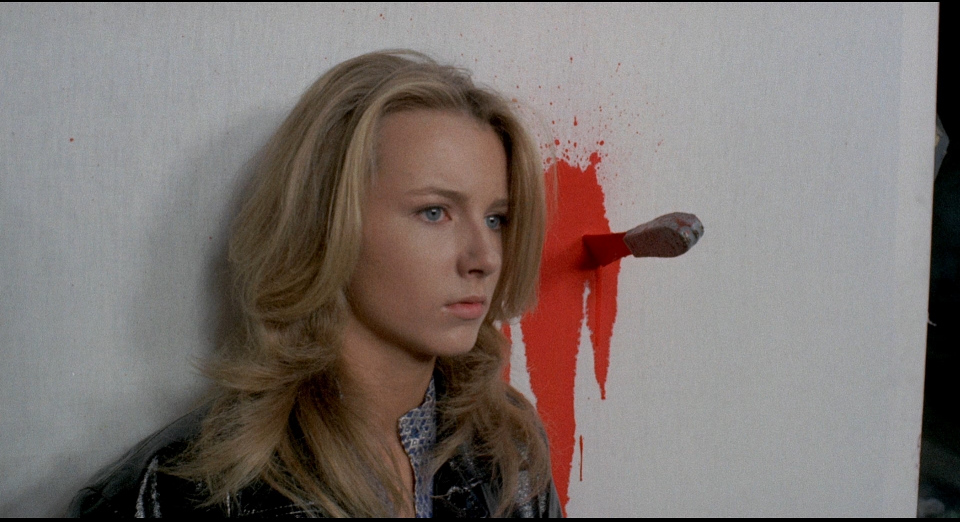
Starting with the second craziest film on here, Lucio Fulci’s frequently overlooked Lizard In A Woman’s Skin (there is a reptilian joke waiting to be made there, but I’ll let some of you cover that front), a tense merging of crime and erotic horror.
Released in 1971 and coming from one of the greatest of all horror directors, Italian maestro Lucio Fulci, this film is incredible. Disorienting from its freakish opening scene to the very end, with many of the greatest dream sequences ever put to film and some of the most wonderfully expressive set design of all time making it completely indelible, this might just be Fulci’s finest film, which is really saying something considering that this man is also responsible for The Beyond and City of the Living Dead (two extra horror films that you should see, if there are any completionists out there).
It is wonderfully energetic, so well shot its hard to believe (it has maybe the greatest use of zooms alongside the films of Luchino Visconti, they’re incredibly expressive!) and the plot, though admittedly inconsistently paced, is so enticing. It’s a near perfect introduction to Giallo, too, if anybody needs one, with the focus on women, the dizzying neon and the brilliant murder mystery at the centre.
2. The Texas Chainsaw Massacre 2 (Tobe Hooper, 1986)
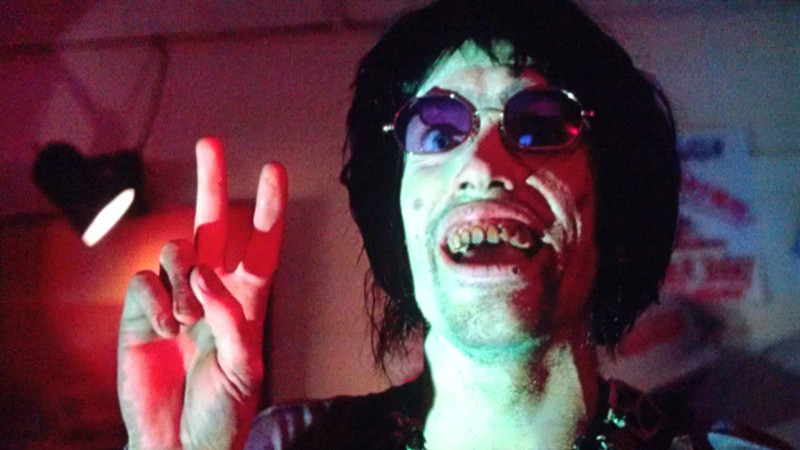
Okay, admittedly, this one is much more of a comedy than it is a horror film, however, Hooper clearly knows what he is doing with horror and knows exactly how to subvert it to make one of the funniest films of the 1980s here.
The often (understandably) misunderstood sequel to his 1974 masterpiece, Tobe Hooper’s The Texas Chainsaw Massacre 2 released in 1986, receiving little praise due to the fact that it was just so different to the original. Taking the characters from the original and placing them in a much lighter, much sillier film (to great effect!), the film feels completely different to the original, and yet it works.
Much more along the lines of the work that Wes Craven would go onto do with something like The People Under The Stairs (though this one doesn’t have the biting social commentary to it that makes Craven so special, unfortunately) than Hooper’s, the film has pacing that roars, some of the best moments in any comedy/horror mix, and for once actually manages to get the mixing between horror and comedy just right, being just as unhinged and thrilling as it is funny and endearing.
It’s a film often skipped over because of the negative attention it gets and the fact that the original simply didn’t need a sequel, but it is one that deserves more of a chance than it receives. It does have a small cult following now, deservedly.
3. Maniac (William Lustig, 1980)
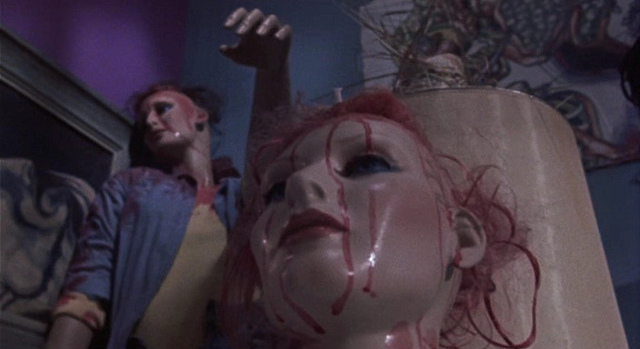
Bringing to mind the exploitative early work of the great Abel Ferrara in a way that so few are able to, William Lustig’s infamous Maniac (1980) – later remade into the cult favourite Maniac starring Elijah Wood – is one of the most grimy films ever made.
Incredibly discomforting, disjointed from the start and featuring one of the most startlingly disturbed performances of the 1980s overall from Joe Spinell as the titular maniac, a man who removes the scalps of those who become his prey and places them on mannequins in his home.
It’s just as distorted and freakish as it sounds, the mesmerisingly hazy and grainy cinematography only adding to the eerie discomfort that comes from never being quite able to really see what’s going on (relying more on what you can picture is happening makes it far more frightening that it really should be) and the set design contributing more to this bizarre, fragmented film.
It’s one that always seems to be underestimated by its audiences, and by the time it’s finished, they always seem to look and feel as if they’ve been hit by a train or smothered by a passing stampede. It’s a film of unexpected power, one that seems innocent enough due to the low budget and some of the tropes that it falls into, however, it’s the underestimation from the audience that makes what comes later on in the film so incredibly powerful.
4. Opera (Dario Argento, 1987)
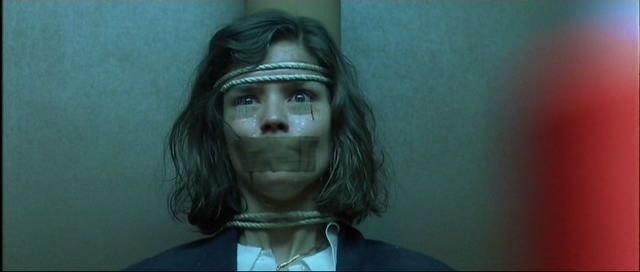
At least one Dario Argento film was destined to be on here, so why not make it the lesser known one of his prime years? Opera is just magnificent. Following Argento’s typical choices in genre and style of narrative, the film follows a young artist (in this case, of course, an operetta) as a crazed, deranged serial killer stalks them around and slowly kills off their friends and colleagues making the walls close in and the tension slowly tighten.
It’s nothing new, but the popular phrase ‘If it ain’t broke, don’t fix it’ comes to mind with films like this, and Argento manages to make his approach to the film more than refreshing enough for the audience to be able to forgive and forget the tropes followed in the narrative structure as the scares themselves are just so much fun and up the ante so much more than many horror directors would ever really dare to.
Featuring multiple scenes with needles being mere millimetres away from entering eyeballs, it’s easy to see why this one gets an audience as worked up and tense as it does so consistently, with the manic killer in this one being an edge more mysterious and holding a special place in the hearts of the fans of the film.
Its pacing is ridiculously fast, the presence of both Argento’s camera and the killer are genuinely profound and this one is bound to provide scares aplenty for you and your friends when you need something frightening to watch.
5. The Girl Who Knew Too Much (Mario Bava, 1963)
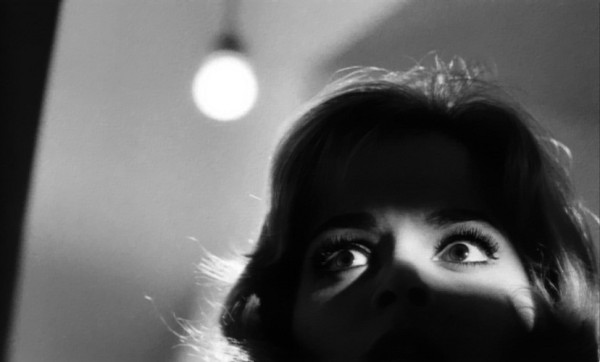
Though it is scarcely mentioned, Mario Bava’s The Girl Who Knew Too Much may be the film most responsible for the Giallo craze that followed. Focusing on a tourist who, after witnessing a grizzly murder, becomes involved in a series of ‘bloody killings’, The Girl Who Knew Too Much has some of the most enchantingly gorgeous black and white cinematography put to screen and, though the acting leaves a little to be desired, it’s stunning in its entirety.
Surprisingly tense, even for a Bava film, with some of the best editing in Giallo cinema (which is really saying something with some of the directors in the Giallo game), this one is bound to make your skin crawl at some point, and for that alone it’s well worth at least one viewing, the added contextual importance is just an added bonus!